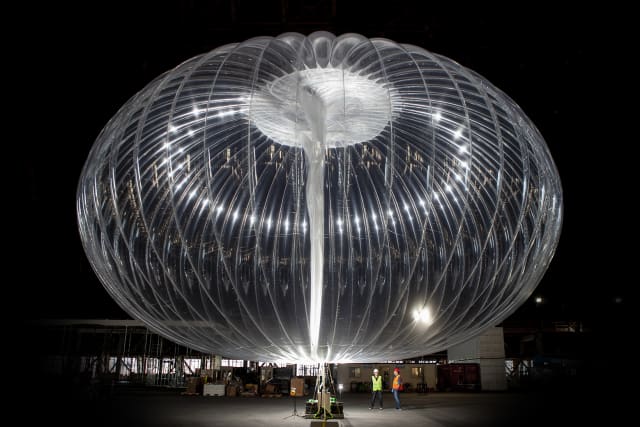
Alphabet’s Loon has shifted to a different type of navigation system for its internet-beaming balloons. Rather than relying on algorithms designed by humans, the balloons are using an artificial intelligence system Loon developed with Google AI over the last few years.
A reinforcement learning (RL) system is now in charge of navigation for a fleet of balloons over Kenya, where Loon switched on its first commercial service earlier this year. Loon says this is the first use of an RL model in “a production aerospace system.” It also noted the “development is exciting because it shows that reinforcement learning can be applied to real-world use cases.” RL systems have previously figured out how to beat top Go and Dota 2 players.
Loon’s AI can figure out the optimal route for balloons significantly faster than the previous navigation system. It does so with more efficiency as well. Balloons can travel similar or greater distances than before with less power. Loon’s record flight duration is 312 days — it set that benchmark earlier this year. Perhaps the AI system will be able to keep balloons aloft for even longer.

Loon and Google AI used simulations to train the RL model through trial and error before real-world testing began in Peru. The team then assessed its capabilities directly against a human-crafted system called StationSeeker with a 39-day test over the Pacific Ocean. The AI was able to keep balloons in target areas for longer periods while using less energy. That’s important, as it will help to provide more consistent internet coverage to people in a given area.
StationSeeker tended to head straight for a specific target location, but it often flew by and had to reverse course. The AI system was more concerned with staying in the target area as passively as possible to conserve energy for when it’s most needed. It also used complex maneuvers the Loon team hadn’t seen before.
Author: Kris Holt, @krisholt
December 2, 2020
Source: Engadget



